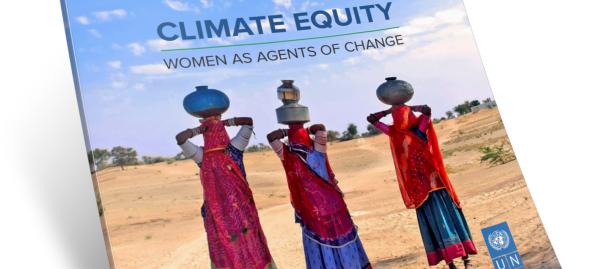Population Growth: Implications for Human Development
Population Growth: Implications for Human Development
September 2, 2019
Pakistan is the sixth most populous country in the world with its population estimated at 207.8 million in 2017. Its population growth rate of 2.40 percent is the highest in South Asia and stands in sharp contrast to the 1.0–1.5 percent growth rate of other South Asian countries. Pakistan's population has increased by more than six-folds since the first post-independence census held in 1951. This massive growth in population possesses serious challenges for the country's socio-economic development.
The high growth in population could be attributed to a number of factors. Pakistan has the lowest contraceptive prevalence rate in South Asia, which has stagnated at 35 percent over the last couple of years. One in five married women in Pakistan are unable to access effective methods of family planning if they want to avoid pregnancy and plan the number and spacing of children. Low contraceptive prevalence may be further attributed to weak service delivery systems and markets and cultural norms.
Between 1993 to 1998, Pakistan ran a successful family planning programme which was instrumental in reducing fertility rates and increasing contraceptive prevalence. The key element of the programme was the recruitment of trained Lady Health Workers (LHW) to provide primary health care and family planning services to women at community level. The LHW were pivotal in expanding family planning services to the poor and educating them on the available methods. However, from 2000 onwards, successive governments' attention to family planning programmes started to reduce.
However, it is encouraging to note that population and family planning is now again getting space on the government's policy agenda. The Federal Government has constituted a Task Force on Population and Family Planning to develop a strategy for controlling population growth and guiding its implementation. The Task Force, headed by the Prime Minister which includes all provincial Chief Ministers as members, is working towards three key targets; increasing contraceptive prevalence rate to 55 percent, reducing fertility rate from 3.6 births per woman to 2.1, and decreasing population growth rate to 1.5 percent. Given the devolved governance structure in Pakistan, the inclusion of Chief Ministers in the Task Force is key to implementing a coordinated and comprehensive family planning programme.

 Locations
Locations



